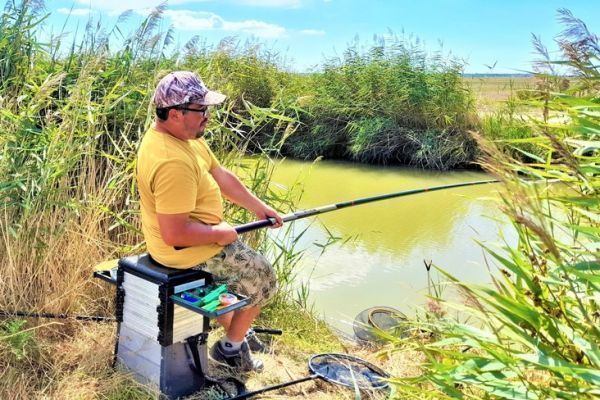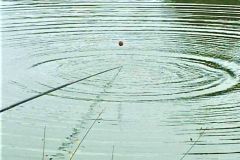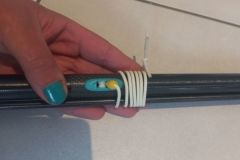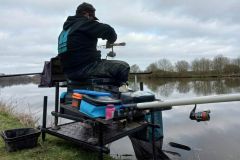To succeed on the flat, find the right weight and make the right line setting
Strongly keeled and tied on its side, the flat float presents its narrow profile to the current. When the line is blocked on the strike, the current is split by the flat without causing turbulence or vibration at the line. The result is perfect bite perception and better control of the water's push on the sinker and leader. Blocking is most effective for large whites when part of the leader, hook and bait are lying motionless on the bottom.
But a too heavy weight will put off the fish. You have to find the right weight, which, to within 1 or 2 grams, prevents the current from sweeping the line. Then, avoid putting weights on the bottom to be sure that the bait is placed there. Some hits would be undetectable.
The right line setting can double the number of catches. So, to be successful on the flat, there are two goals: finding the right weight and getting the line right.
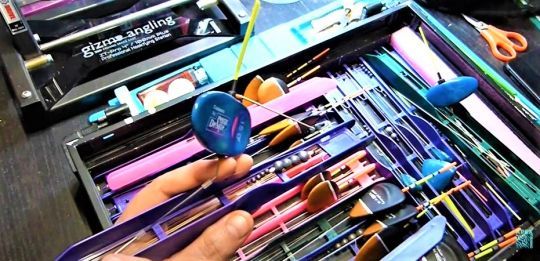
Finding the right weight
Probe and locate the exact depth. Group the sinker against the leader's connecting loop. The distance between the sinker and the float should be 10 cm greater than the depth. Accompany the descent of the line in line with the tip. If the line remains vertical and the float body emerges when the sinker touches the bottom, the line is too short.
Remember that to facilitate the adjustments, to probe, pinch a large frog of 30 grams on the lead of touch and not on the hook.
Once you've drilled the hole, mark the exact depth (distance between the float and the sinker) on your kit.
After having tinkered with the settings at the beginning of fishing, it is often necessary to come and check that the distance between the float and the sinker does not exceed the depth of the spot by more than 20 cm.

The right setting
After sounding and locating the depth, the line must be positioned correctly. To do this, you must take into account the different currents.
In slow current, place the main lead 20 cm from the sinker, the distance from the sinker to the float corresponding to the depth of the station.
In medium current, place the main lead 10 cm from the sinker, and add 5 to 10 cm of bottom.
In a steady stream, place the main sinker against the sinker. Add bottom, 5 cm by 5 cm, until the sinker bottoms out. Then bring up the entire weight, inch by inch, until it no longer touches the bottom.
This is tedious, perhaps, but necessary and very rewarding.

 /
/ 